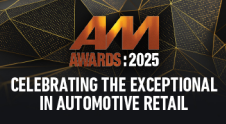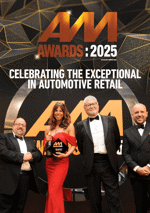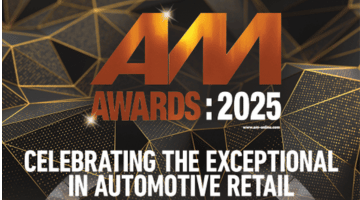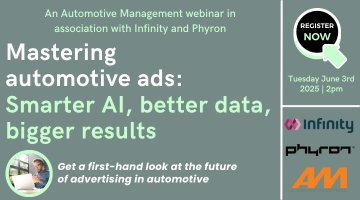With Q4 now upon us, dealers will be looking at ways to close this challenging year as strongly as possible.
With September plate-change marketing activity behind us, paid social has possibly dropped down the agenda for promoting sales to in-market buyers.
However, dealers can still achieve some easy wins in new and used car sales thanks to some powerful online tools which can be used across Facebook, Instagram and YouTube, amongst other social channels, to add extra layers of performance to their marketing strategy.
Furthermore, paid social’s CPCs are typically lower than they are for paid search. So what’s not to like?
Here are five top five tips for successfully integrating paid social into your ongoing marketing strategy and reach an audience of in-market customers who could be ready to convert.
1. Creating a buzz in your local area (new and used)
When promoting new and used cars, paid social, especially across Facebook and Instagram, is a powerful way to build buzz and awareness within easy reach distance of your dealership.
If your location benefits from a high volume of passing traffic, there is a good chance that people in your area know precisely where you are. But will they know what you currently have on offer?
With paid social targeting, you can target people in the vicinity of your dealership, informing them about the new and used car offers you currently have.
Interest and behavioural targeting can then be overlaid over your geographic targeting, empowering you to reach those who live nearby and have interests relevant to the stock you’re trying to sell.
2. Video ads for new cars (new)
New cars are exciting but promoting them with static images can be dull.
A study conducted by HubSpot, the US inbound retail software developer, identified that 54% of social users want to see more video content from brands and businesses it supports.
These users are then 85% more likely to purchase after viewing a product video.
Using video in your paid social activity across Facebook, Instagram and YouTube can help bring products to life. Video empowers dealers to share more details around the cars they are promoting, showcasing all the key selling points.
Video can provide the ability to engage with prospective buyers, giving them a higher propensity to make a meaningful enquiry.
3. Automotive inventory re-targeting is key (used)
For the overwhelming majority of buyers, searching for a used car is a digital journey. While cars can be found and researched easily online, the sheer volume of information available can become overwhelming.
Consequently buyers are likely to forget some of the cars they have seen. Using Automotive Inventory Re-Targeting ads through Facebook and Instagram placements, buyers can be re-targeted with the exact car they have previously shown an interest in.
This has two benefits. Firstly it reminds the buyer that the car is still available. Secondly it shows the user other similar cars that may be of interest to them. These prompts can be enough to move the buyer on to the next stage of their used car search.
4. Use the Facebook pixel to manage your used car stock (used)
The used car market is exceptionally fast moving. Stock comes and goes, prices change, and availability changes. Keeping all of these details updated can cause be a headache.
With the Facebook Pixel setup correctly on your website, inventory information can be updated in real time.
This means that when any detail around the car is changed on your website, it is automatically updated within your Facebook catalogues.
As a result you can rest assured that you will never be advertising cars that are unavailable, instead they will always have the right price and the most up to date product information.
5. Facebook lead-generation can be a game changer (new)
Taking the time to complete an on-site enquiry form can be time consuming. Ultimately, this can put the user off from making their enquiry. Facebook lead-generation ads can make filling out an enquiry form simple and accessible.
Instead of needing to go through the website to complete the form, the user can simply complete the form while still on Facebook, with their personal data auto-populating the form. This empowers the user to make their enquiry quickly and easily, all without needing to leave Facebook.
We find this works particularly well in the new car market. Facebook lead-generation can empower buyers to easily book showroom meetings, test drives and request bespoke quotations.
Based on the data that can be collected, the follow-up with the customer can be personalised around their individual needs. This can significantly boost conversion rates.
However, as Facebook lead-generation does not have a comprehensively detailed landing page, the ads and the information on the form need to be detailed enough to spark the users’ interest to make a genuine enquiry.
Final thoughts
We know from the dealer groups we work with that these five top tips help can help drive new and used car sales.
Our advice would be to consider trying some of them over the coming weeks and see which ones work for you.
With the car retailing sector and the wider economy facing headwinds in Q4, these low-cost easy-wins could help boost your bottom line.
Author: John Clarke is a paid media account manager at specialist digital marketing agency, Honchō
















Login to comment
Comments
No comments have been made yet.